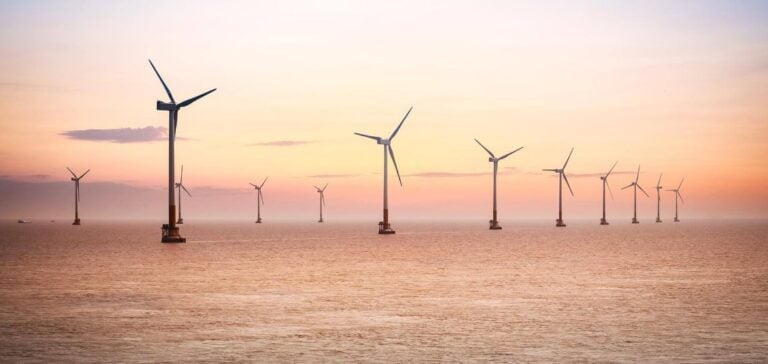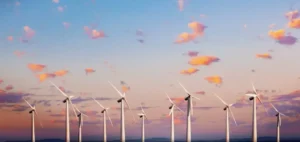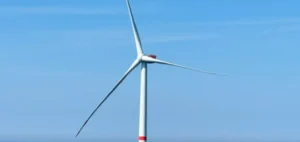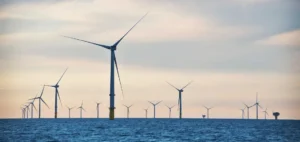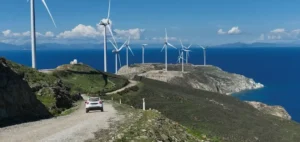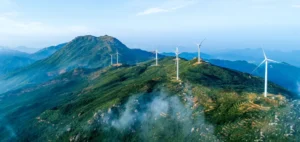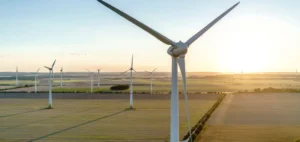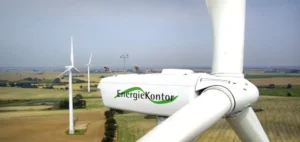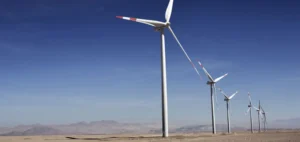The prospect of a second offshore wind project in the Gulf of Mexico is taking shape. The US Bureau of Ocean Energy Management (BOEM) has announced plans for a new offshore wind lease auction as early as 2026. This decision follows expressions of interest from two major companies, Hecate Energy and Invenergy, despite the lukewarm response to the first auction in 2023.
Hecate Energy, a Chicago-based independent power producer, was the first to express interest in the designated Gulf zones last February. Its project, known as Gulf Wind 2, proposes the installation of 133 turbines with a total capacity of 2 GW. The project includes securing land in Texas for onshore substations. Hecate, primarily focused on solar and energy storage, does not yet operate offshore wind assets. However, its partnership with Repsol SA, a 40% shareholder, could provide strategic expertise and financing.
In response to BOEM’s formal request for interest, Invenergy confirmed in July its intent to participate in the auction. Its proposal includes installing up to 140 turbines, each with a capacity of over 15 MW, for a total of 2.5 GW. Invenergy, also involved in solar and wind energy, holds offshore leases off the coasts of New Jersey and California, though none have reached the development stage.
Cautious Outlook After Weak 2023 Results
The first Gulf of Mexico offshore wind auction in 2023 generated limited interest, with only one zone awarded to RWE AG for $5.6 million. This project, located off the Louisiana coast, could produce 1.24 GW by the mid-2030s. Experts cite economic uncertainties and technical challenges unique to the Gulf as reasons for the subdued response.
Despite these concerns, Jim Kendall, BOEM’s Gulf of Mexico Regional Director, remains optimistic, describing the region as an attractive option for offshore wind development due to its shallow waters and proximity to existing infrastructure.
Challenges and Opportunities Ahead
Developing offshore wind in the Gulf of Mexico faces several hurdles. Political uncertainty looms, as President-elect Donald Trump has stated intentions to halt offshore wind projects upon taking office in January 2025. Additionally, the allocation of new wind energy zones, identified as options C and D, will depend on public consultations scheduled for 2025.
However, the potential benefits are significant. According to the American Clean Power Association, this development could strengthen US energy security, boost job creation, and support domestic shipbuilding. These factors may encourage other companies to join the initiative.

